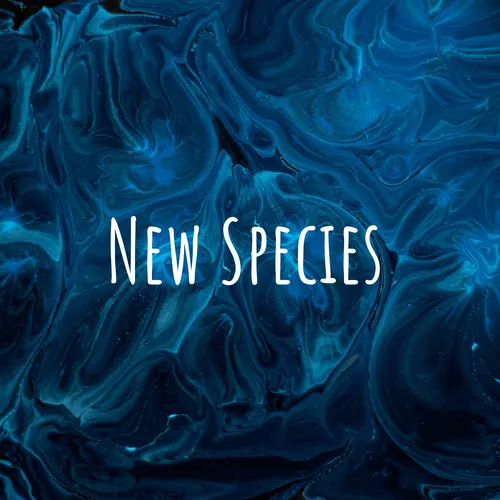
New Species
Just a fraction of the species on our planet are known to science, but more are described and published every day. This podcast talks to the authors of these new species to get the behind-the-scenes stories of how new species are found and named, as well as why these discoveries should matter to everyone, not just scientists. Join us on our journey to better understand the wonderful biodiversity of our planet!
Be sure to follow New Species on Twitter (@PodcastSpecies), and support the podcast at https://www.patreon.com/NewSpeciesPod
- Update frequency
- every 11 days
- Average duration
- 32 minutes
- Episodes
- 102
- Years Active
- 2021 - 2025

Basics 2: Curation with Ashleigh Whiffin
In part 2 of Taxonomy Basics, Ashleigh Whiffin of National Museums Scotland brings us into the entomology collection to learn the fundamentals of curation and preservation, including which pins to us…

Basics 1: Collecting with Evan Waite
In part 1 of Taxonomy Basics, Evan Waite from Arizona State University teaches us all about collecting entomological specimens. From which traps to use to tips on sharing your collection with others,…

Three New Red Devil Spiders with Adrià Bellvert and Miquel Arnedo
“Another spider paper?!” you might ask. “More new spiders, what’s so interesting?” Well in addition to a revised genus and three new species, Adrià Bellvert and Miquel Arnedo’s most recent publicatio…

Five New Skinks with Ishan Agarwal
Skinks are one of the most diverse families of lizards, and Ishan Agarwal studies skinks in India, one of the most biodiverse countries in the world. From the forest to the lab to the museum, Ishan s…
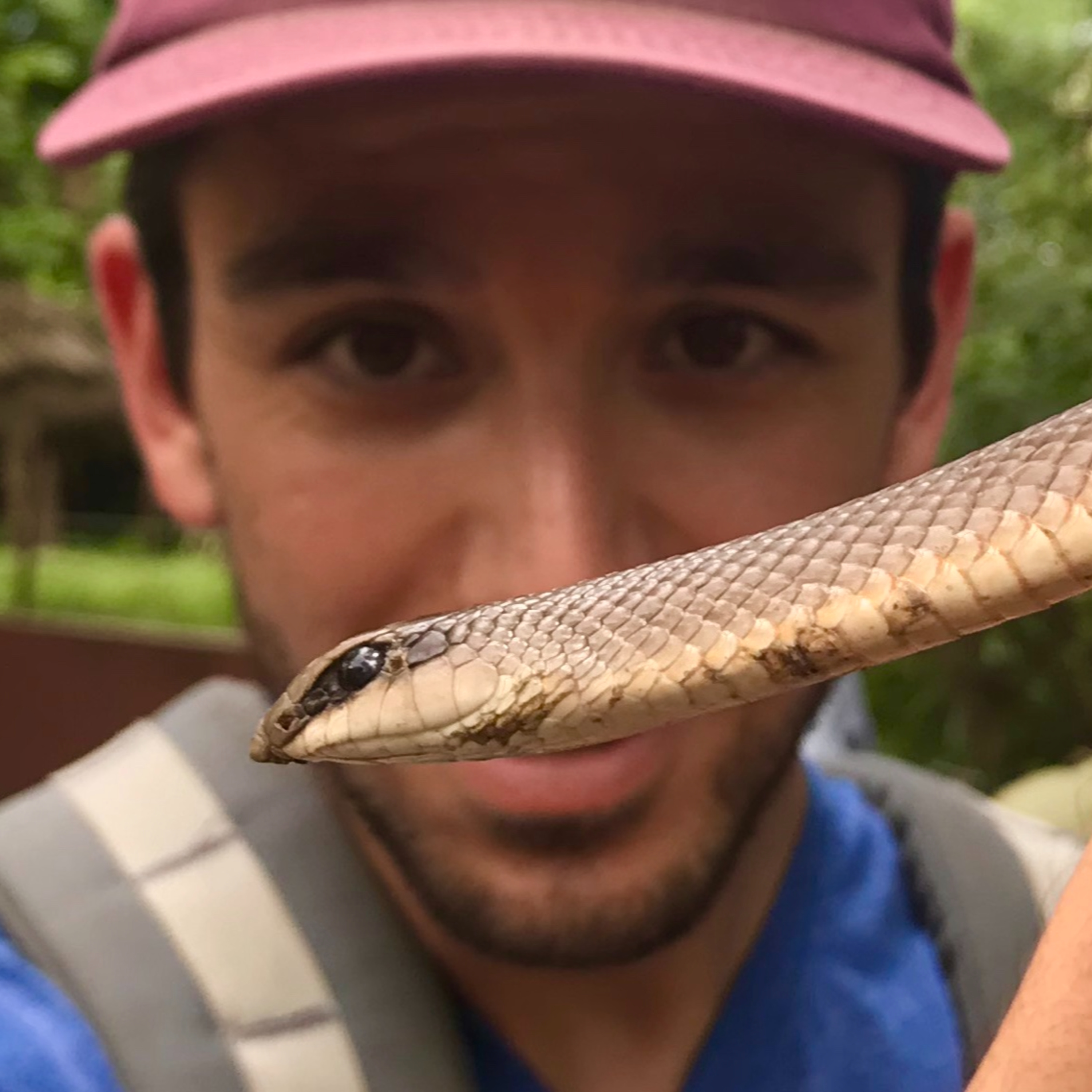
Tautonyms and Etymology with Mike Stephan
Mike Stephan is a lawyer obsessed with scientific etymology, specifically tautonyms, binomial names in which the generic name and species name are exactly the same. Scientific naming conventions and …
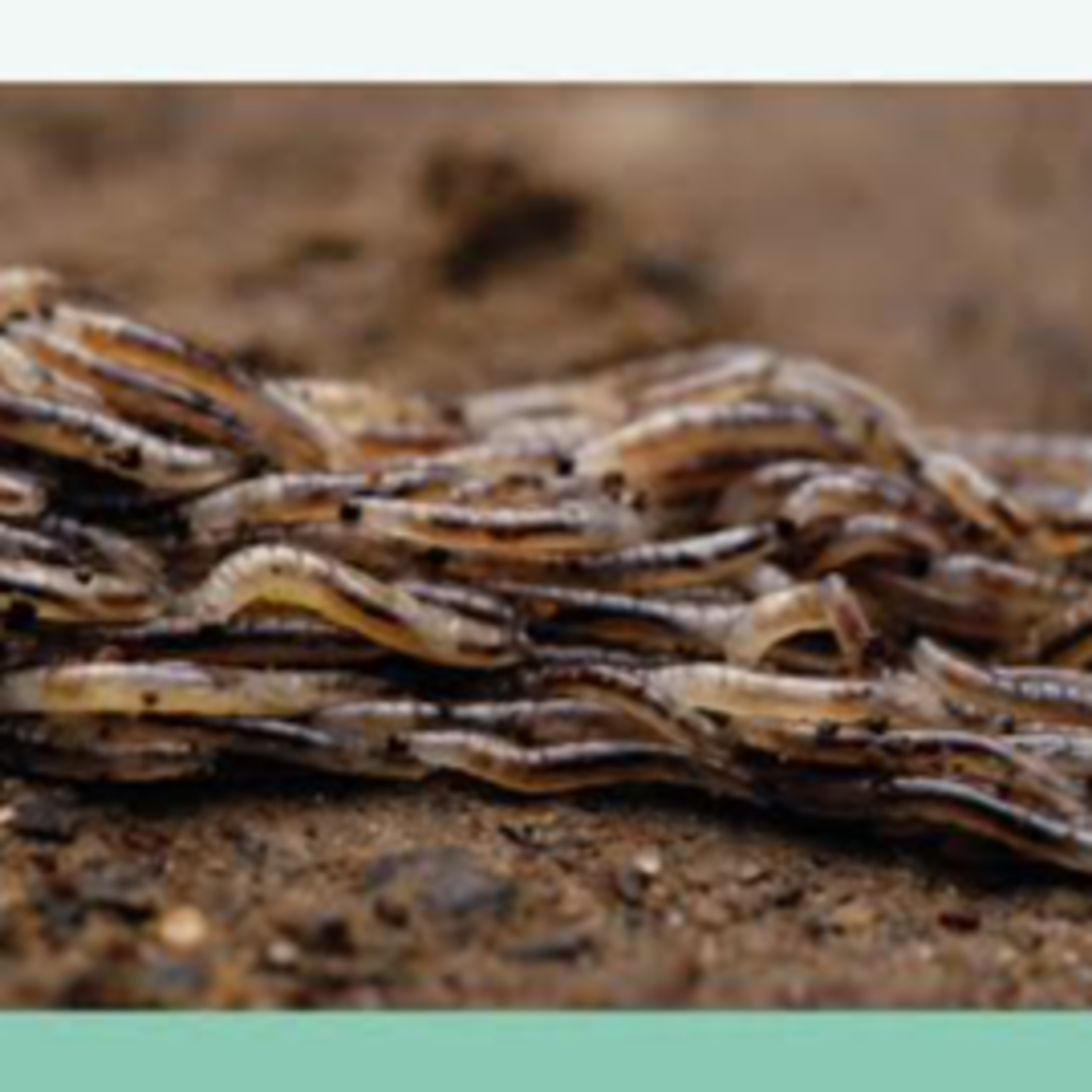
A New Snakeworm Gnat with Thalles Pereira
There are no snakes in Alaska, so what’s that snakelike shape crossing the road? Few people would guess it’s actually thousands of fly larvae moving in a very peculiar pattern that gives the snakewor…

Community Survey and Updates
This is a short episode to share some thoughts and feedback from this year's New Species community survey, as well as some updates on what is to come for the podcast.
Take the community survey here …
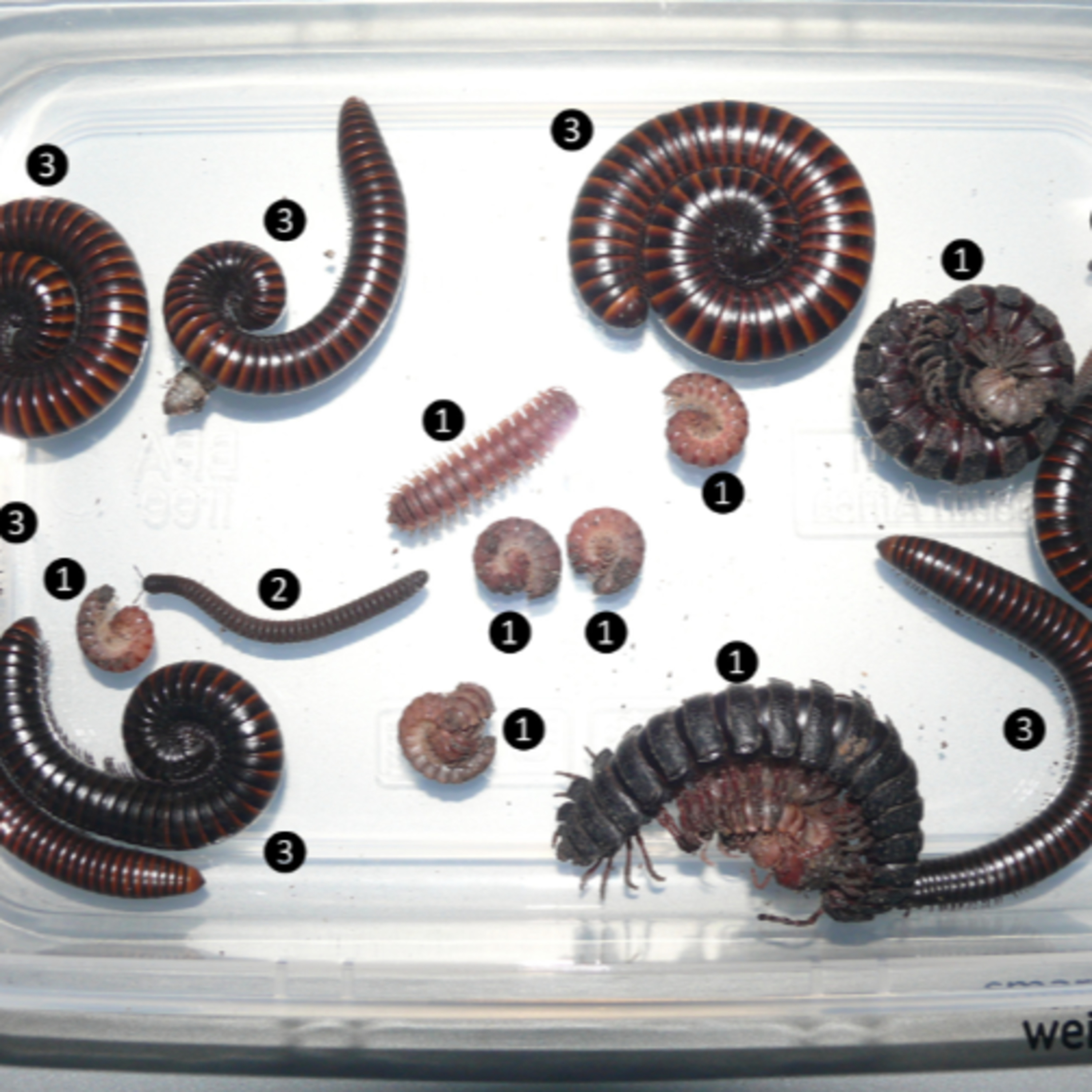
Five New Millipedes with Henrik Enghoff
Who wouldn’t want to receive thousands of millipedes in the mail? When Dr. Henrik Enghoff does it’s through his partnership with FoRCE, the Forest Restoration and Climate Experiment, a group research…
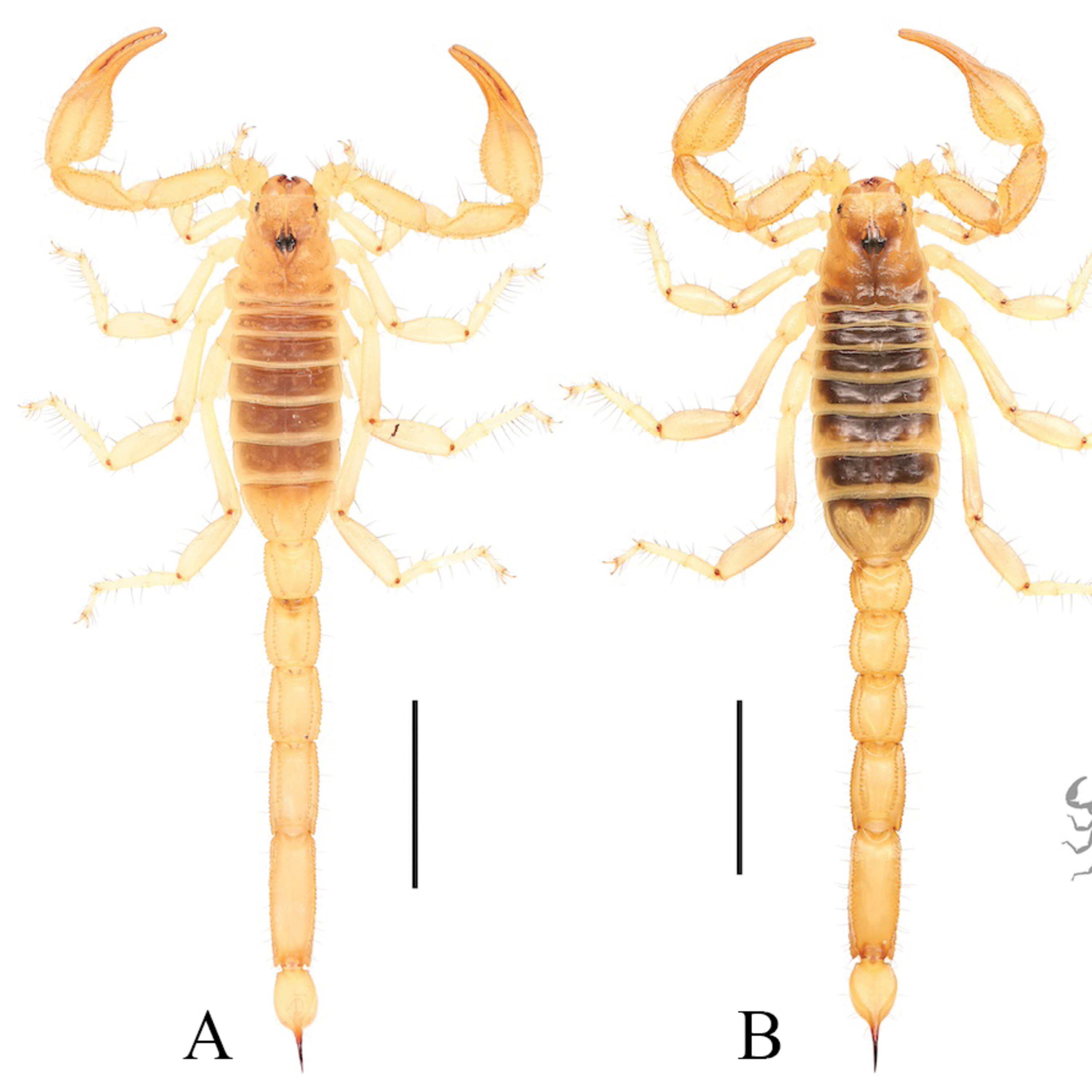
A New Scorpion with Prakrit Jain
How many nature enthusiasts can relate to this scenario: you’re watching the landscape go by as you drive, and suddenly you see an area that could be favorable habitat for your target species. Stop t…

A New Iris with John Manning
Southern Africa is home to over 1,200 species of irises, and if that number doesn’t blow you away, hearing Dr. John Manning’s speak about his new species certainly will. In this fascinating episode w…
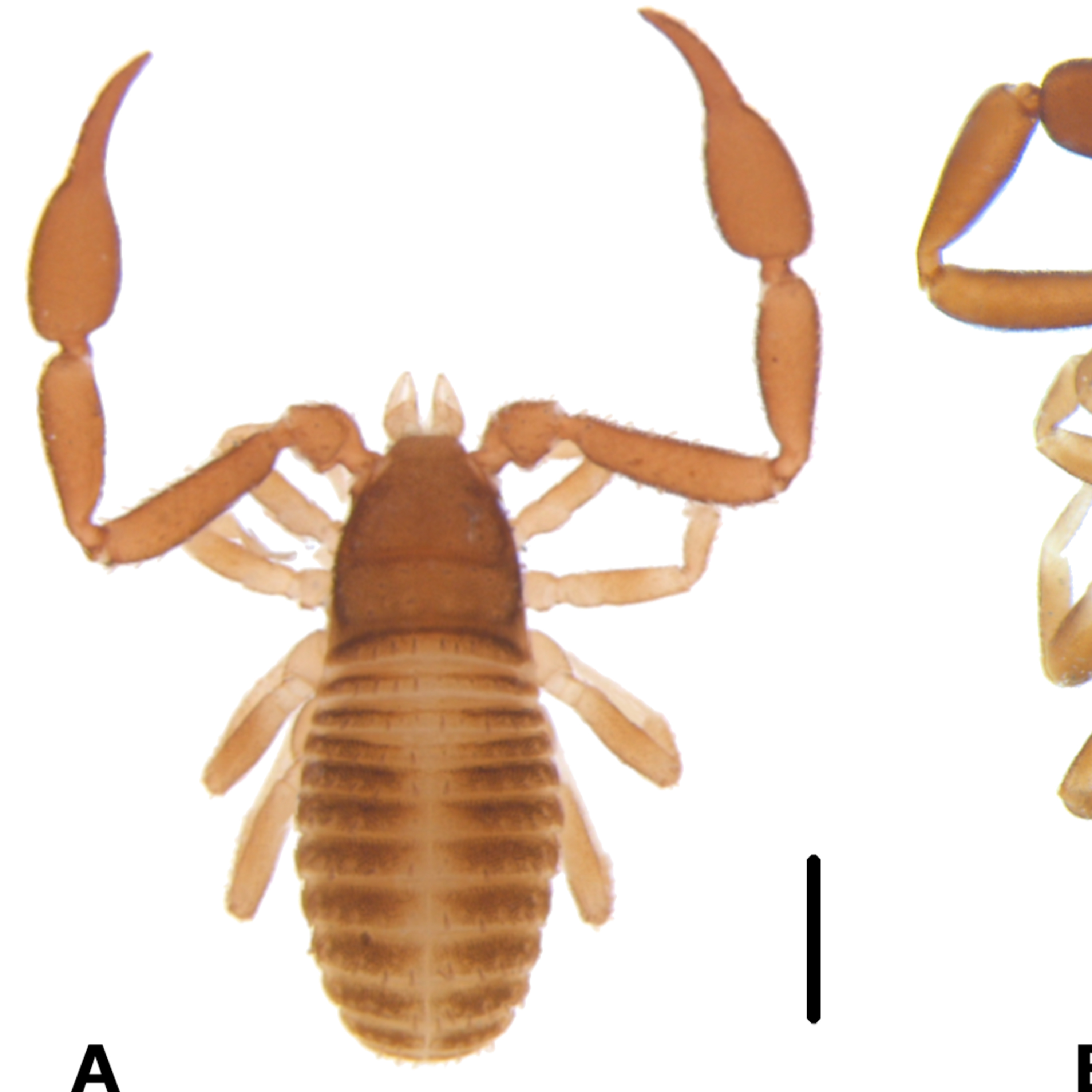
A Genus and Five New Species of Pseudoscorpions with Catalina Romero-Ortiz
Dr. Catalina Romero-Ortiz has been fascinated by pseudoscorpions for over a decade, and she wants everyone to understand how amazing they are. But beyond inherent scientific value, Catalina wants to …
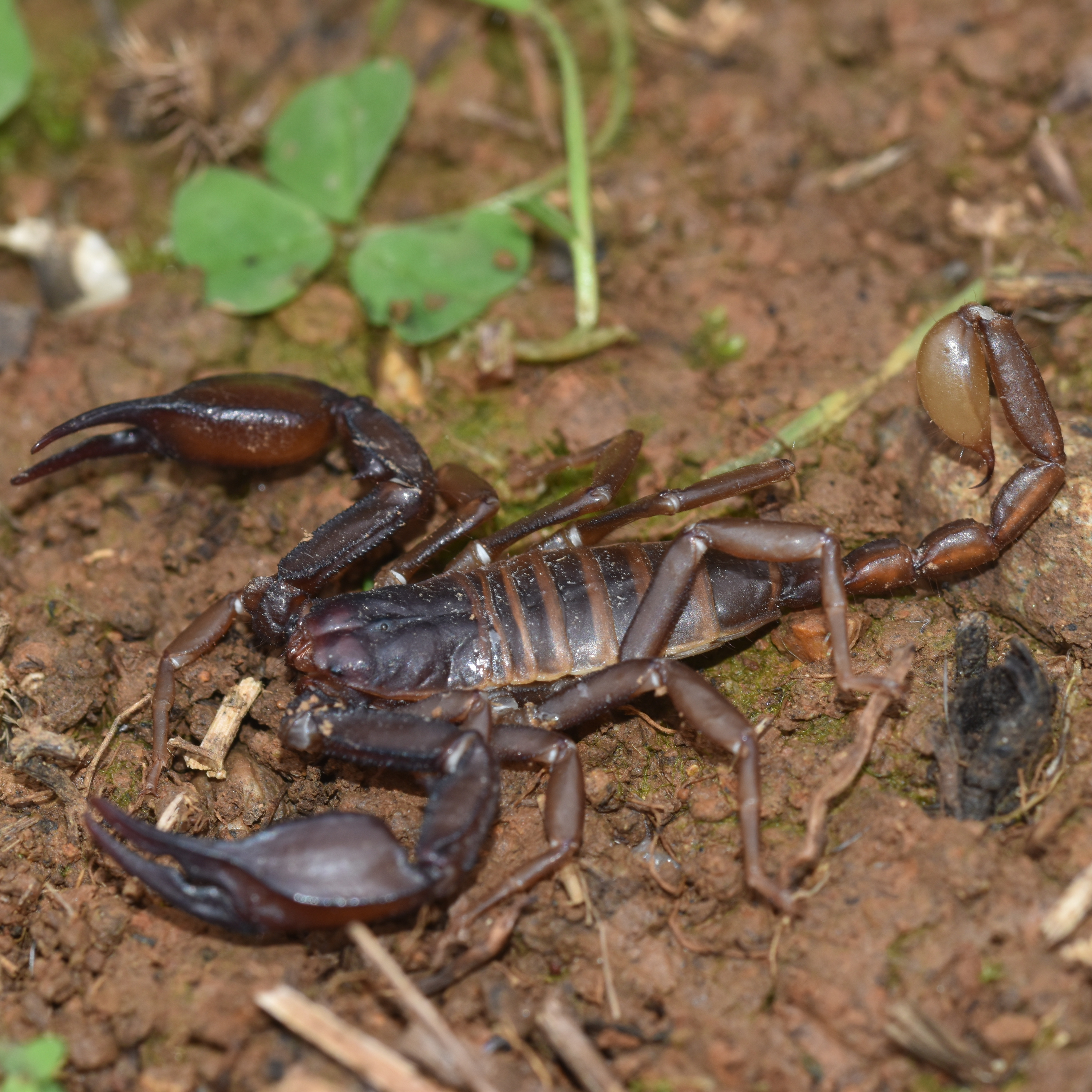
A New Scorpion with Javier Blasco-Aróstegui
What do glaciers and scorpions have in common? They’re the focus of Javier Blasco-Aróstegui’s paper in which he and his coauthor describe a new species from the foothills of Mount Olympus. It’s an ar…
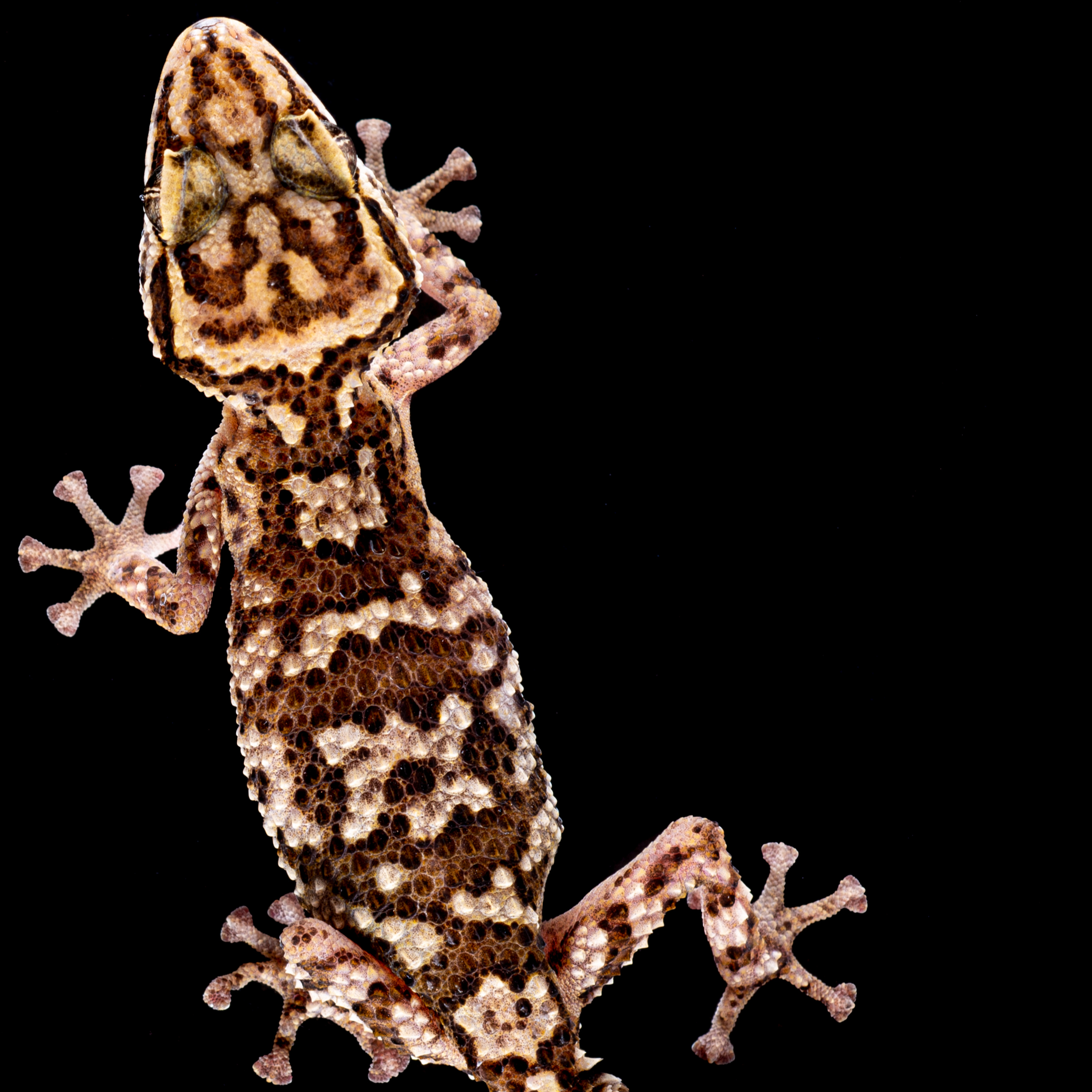
A New Gecko with Javier Lobon-Rovira
When researchers talk about species disappearing before we can discover them, they’re talking about species like Javier Lobon-Rovira’s new gecko. With a specific and rapidly fragmenting habitat, this…
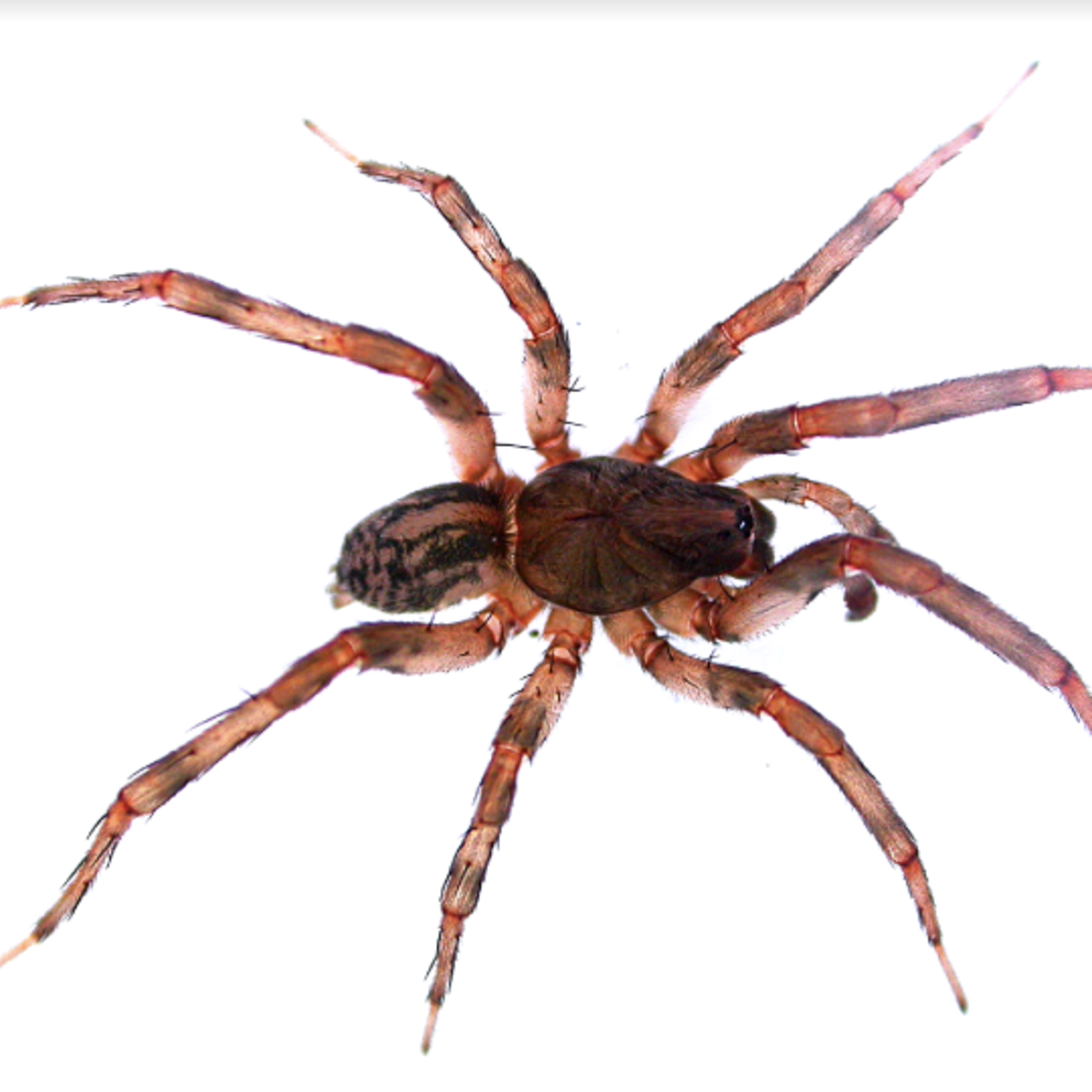
Three New Wolf Spiders with Danni Sherwood
The island of Saint Helena can’t be described without the word special. It’s a small territory in the south Atlantic that is home to some of the most unique biodiversity in the world, including some …

Collections Data with Makenzie Mabry
On this podcast we talk a lot about natural history collections. In fact, a spot (or more) of collections work is pretty much required to describe a new species. But what actually counts as a natural…
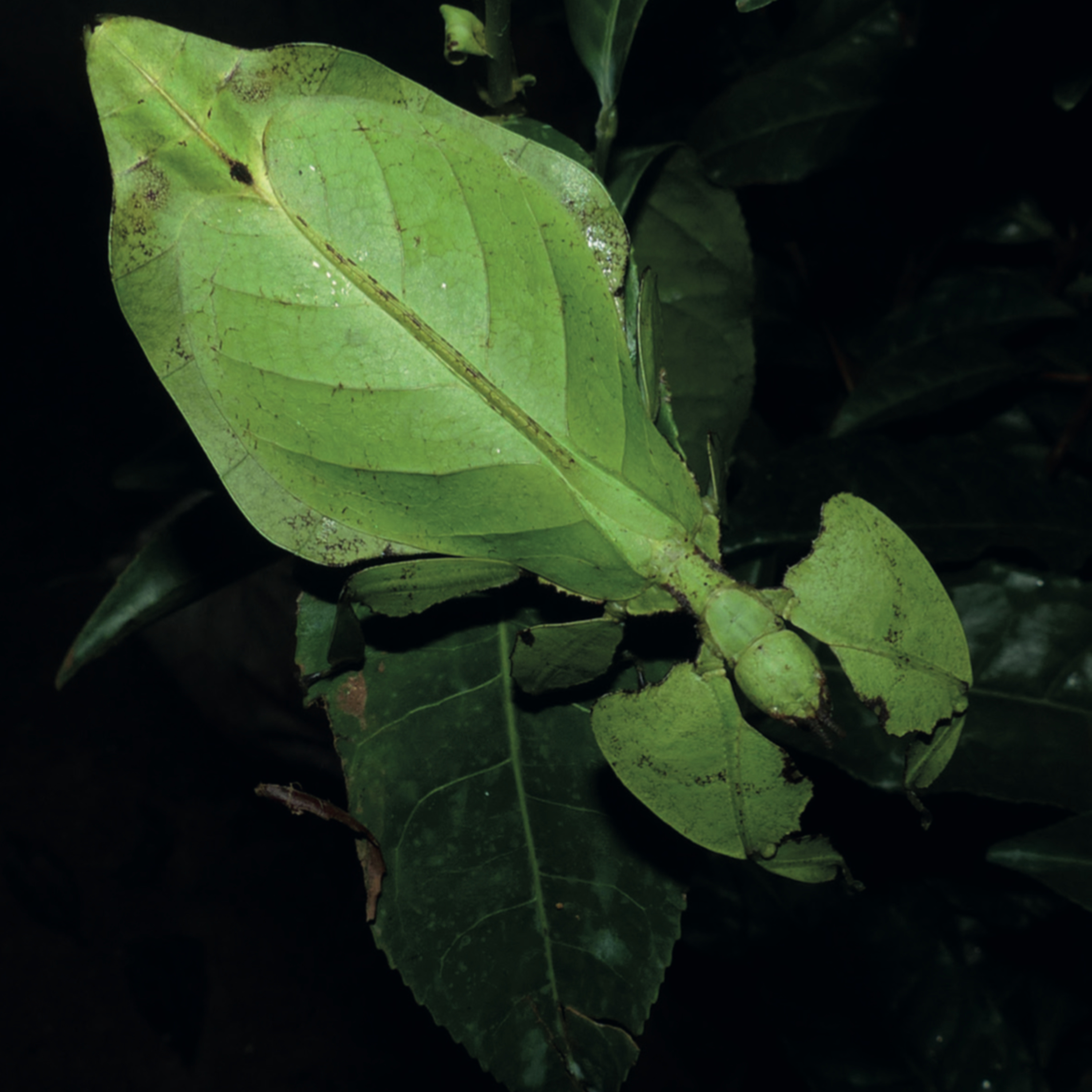
Seven New Leaf Insects with Royce Cumming
You’ve got to hand it to leaf insects; their camouflage is so well-refined that studying them is difficult and collecting them is near-impossible. A sub-group of stick insects, members of the family …
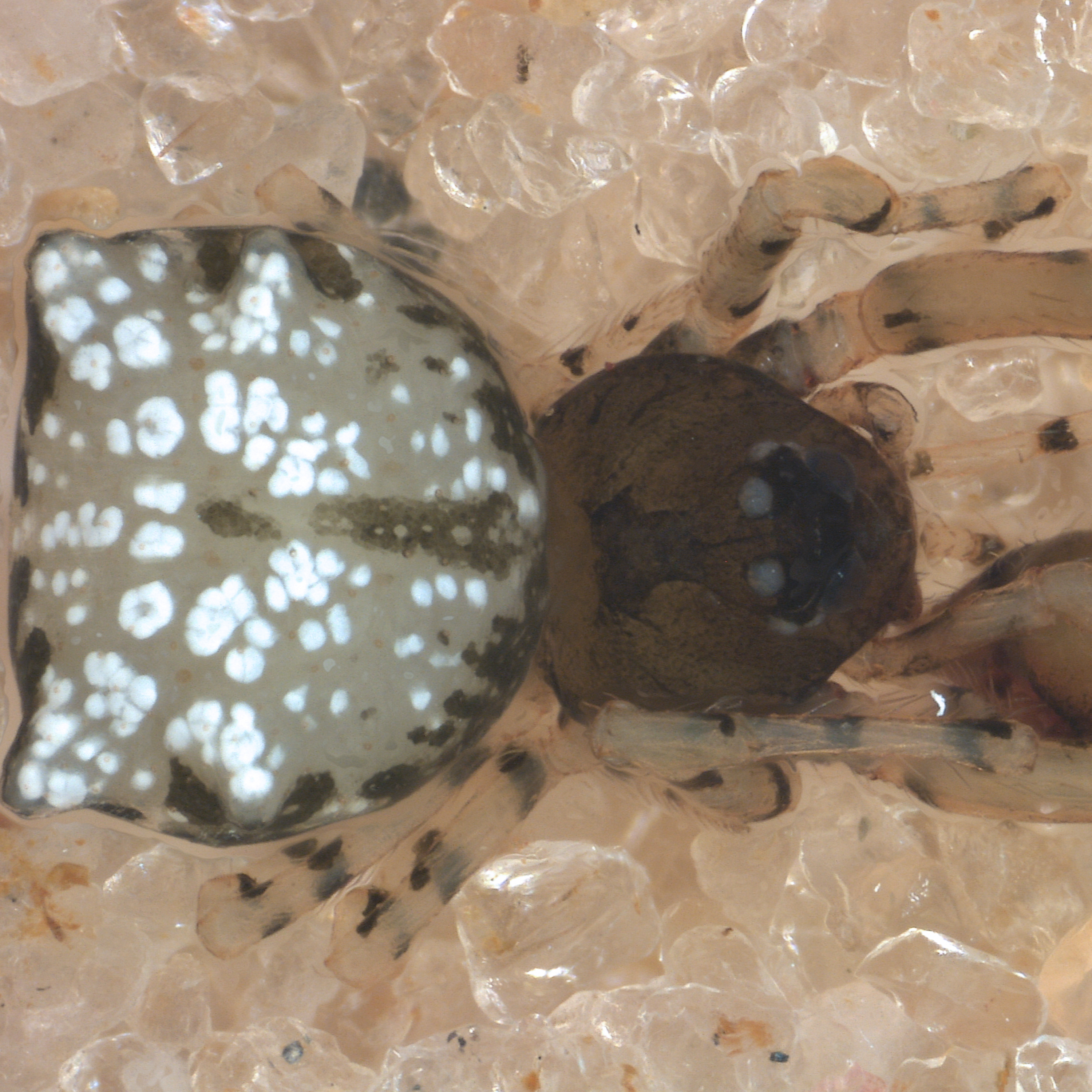
Five New Kleptoparasitic Spiders with Cláudia Xavier
Mysmenopsis is a tiny spider genus that has been shaped by women; women have collected, identified, and described the majority of members of the genus. In fact, Dr. Nadine Dupérré alone described 25 …
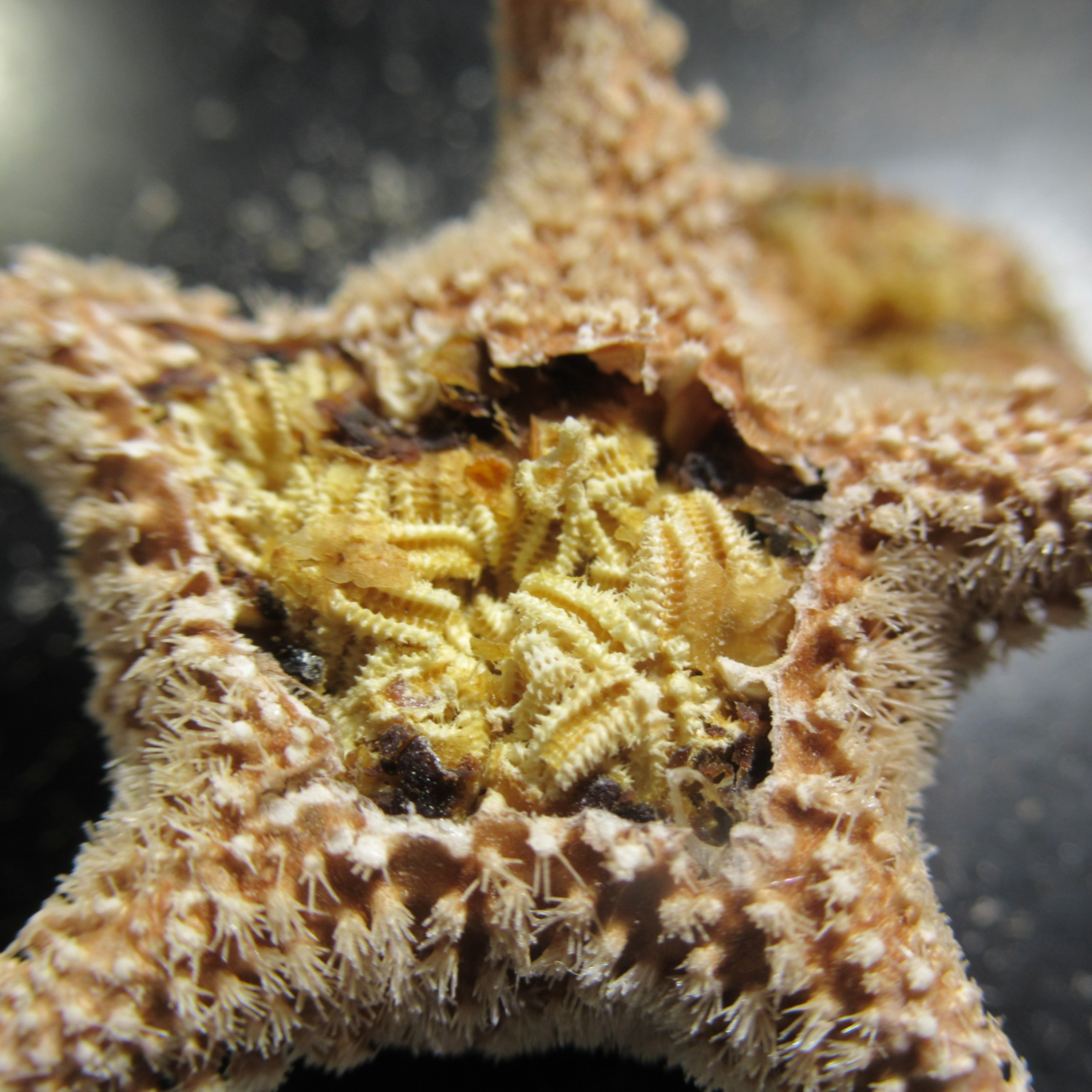
Eleven New Starfish with Chris Mah
Grab your parkas, we’re going to Antarctica! Or at least some researchers did in the 1960s, but it took starfish expert Dr. Chris Mah until the past few years to take a look at their samples and find…
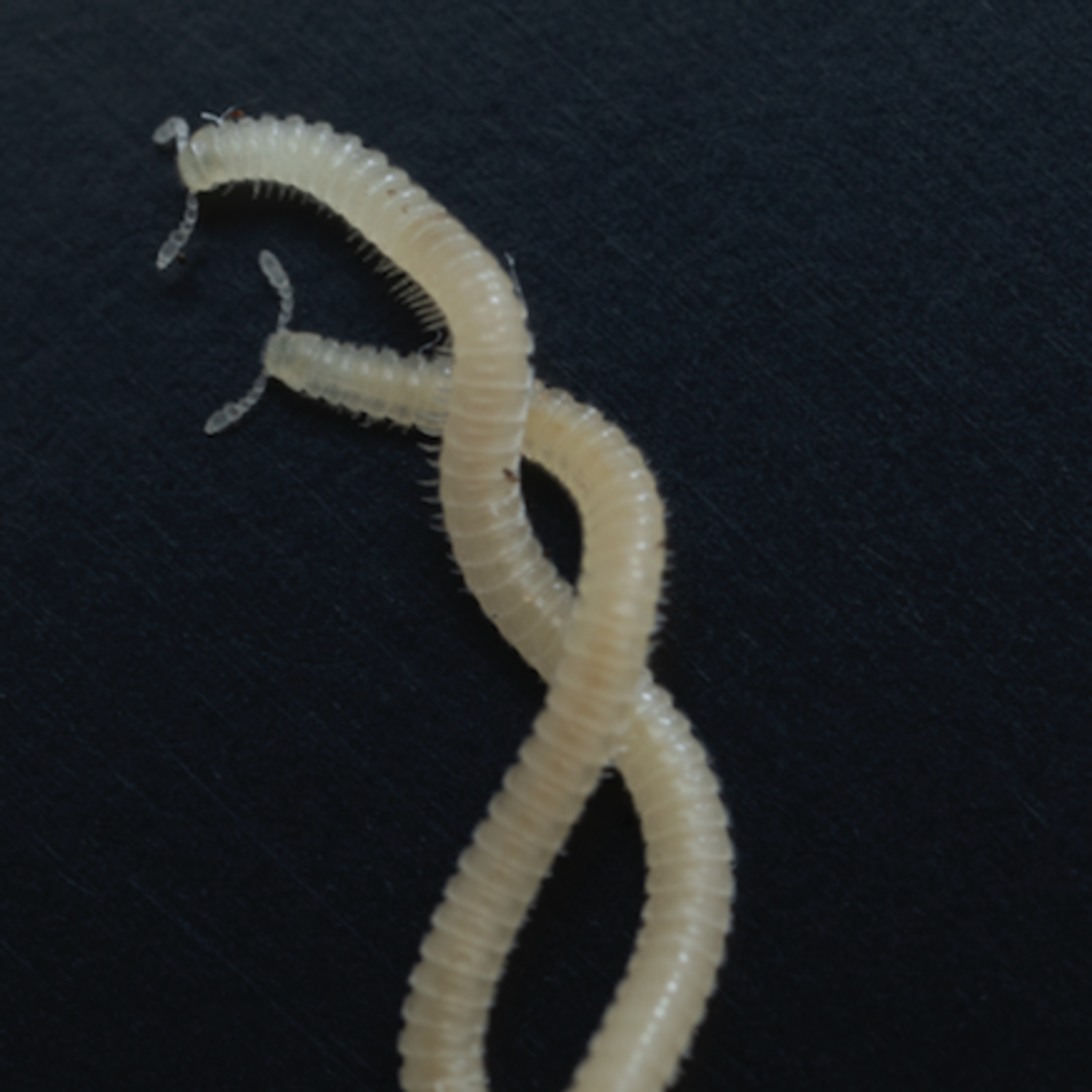
A New Millipede with Paul Marek and Cedric Lee
Cedric Lee was collecting slugs with another diplopodologist James Bailey when they stumbled upon a very odd creature; thin and string-like with lots of fine legs and a long body. “We recognized that…
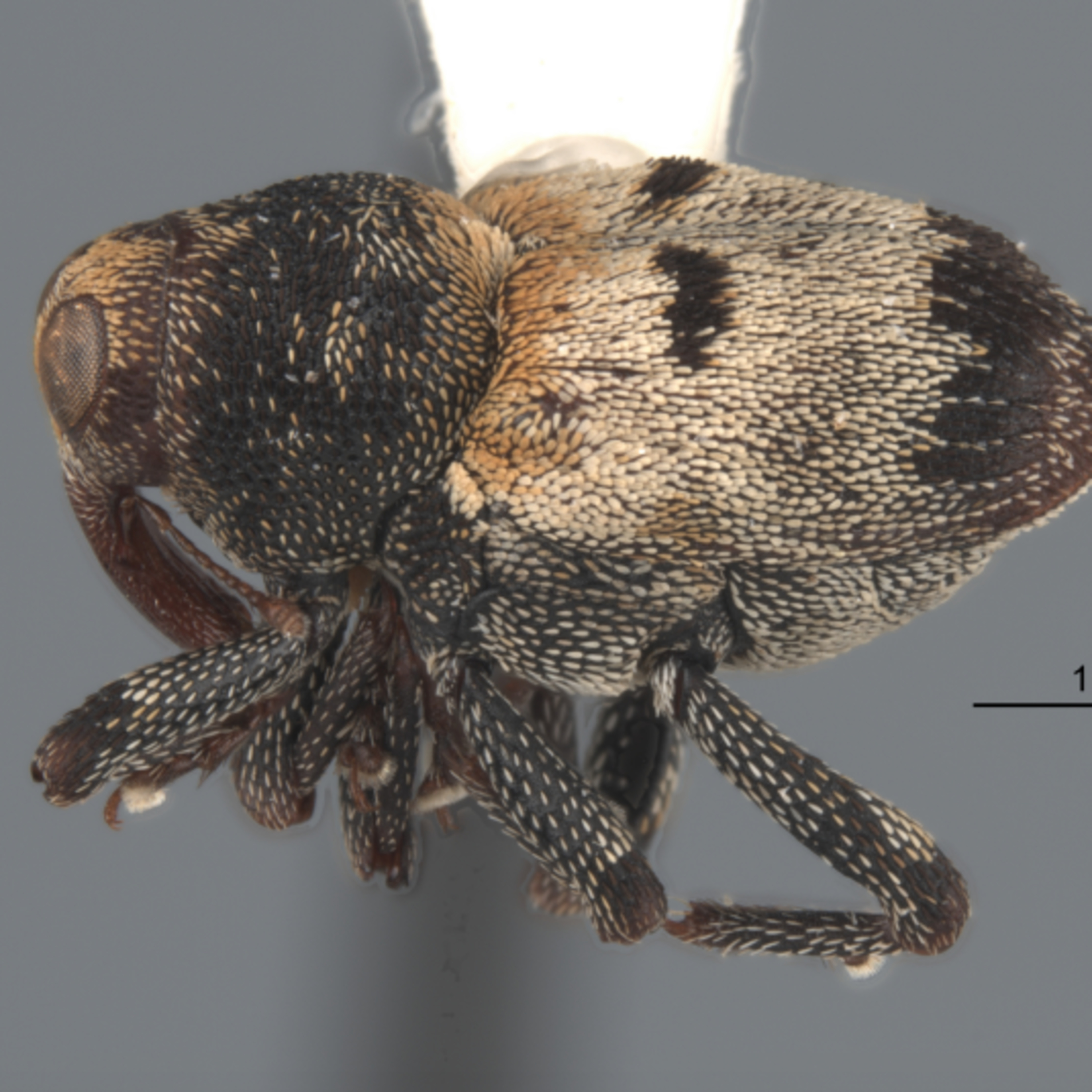
Wonderful Weevils with Bob Anderson
“I always say that insect taxonomists will never get really rich but you will see parts of the world where nobody else gets a chance to go to. It’s a great chance to explore the world”
This special e…